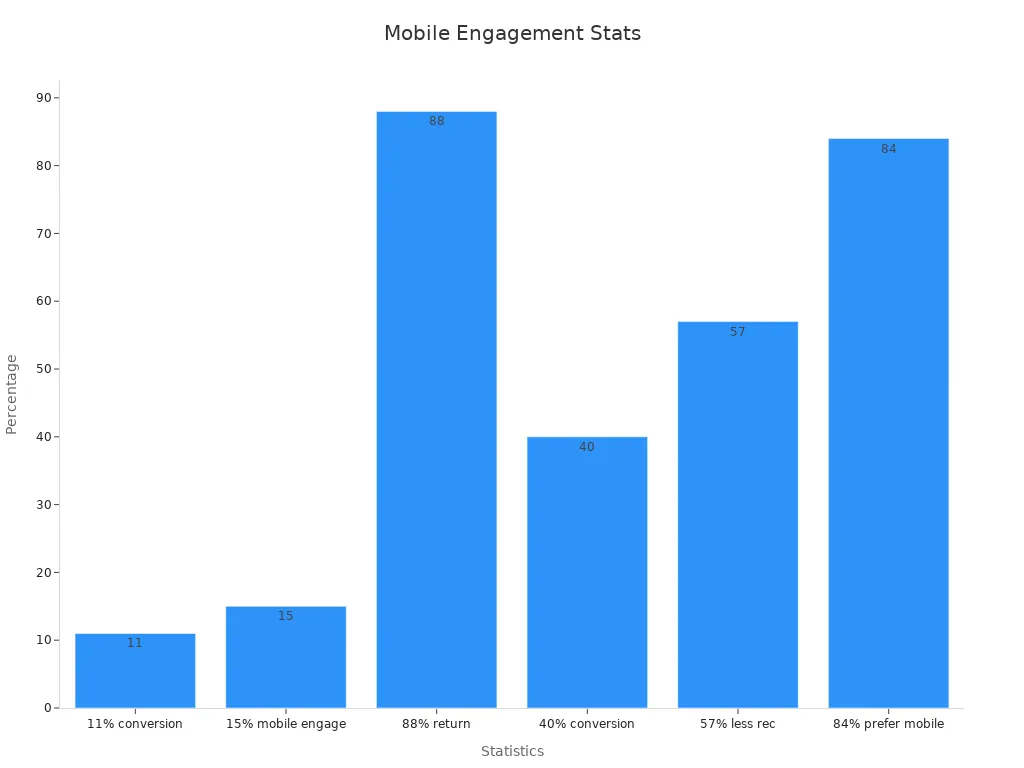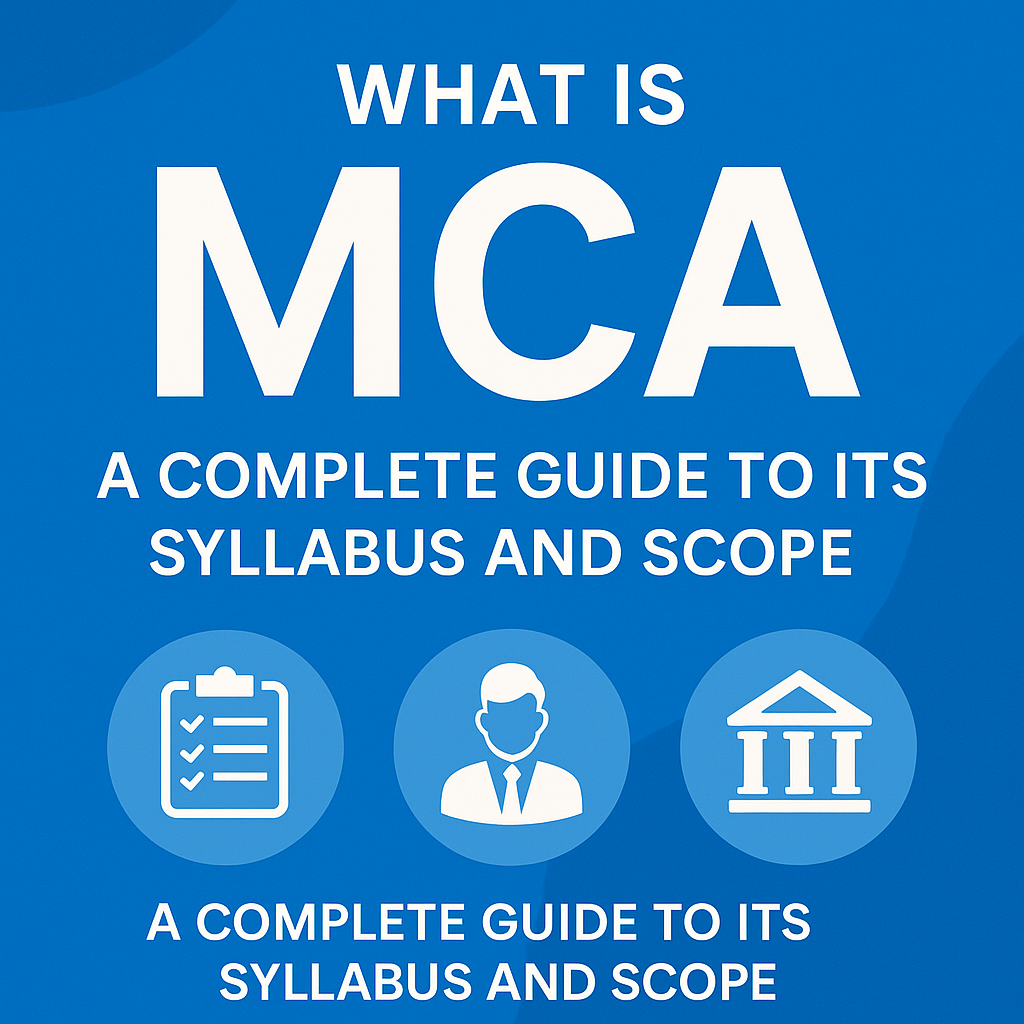By 2025, being online will be very important. To truly stand out, you should create a portfolio website, which acts like your own stage. It showcases your skills and talents to everyone. Whether you’re a student, developer, or freelancer, having a portfolio website helps you shine online. Don’t wait! Create your portfolio website now to seize future opportunities.
Key Takeaways
- A portfolio website helps show your skills and talents online. Start making one now to grab future chances.
- Add important parts like an eye-catching intro, a personal ‘About Me’ section, and a clear project display to interest visitors.
- Pick an easy-to-use platform and a catchy website name. Make sure your site works on phones and is easy to find online.
Essential Elements to Create a Portfolio Website

Making a portfolio website is like creating your online identity. To make it work well, you need to add key parts. These parts should grab attention, share your story, and help people contact you. Let’s look at these important pieces.
Hero Section: Grabbing attention right away
The hero section is the first thing visitors notice. It’s your chance to impress them quickly. A good hero section shows who you are and what you do.
Here’s how to make your hero section pop:
- Write a clear tagline that shows your skills or invites action. For example, “Helping brands grow through creative design.”
- Pick typography that fits your style and stands out.
- Add a great hero image or drawing that shows your personality or work.
- Use a call-to-action (CTA) button, like “View My Work” or “Contact Me.”
Pro Tip: Small animations or cool drawings can make your hero section more fun and memorable.
| Design Principle | Description |
|---|---|
| Clear Tagline | A short message showing your main skill or value. |
| Typography | Fonts that are easy to read and match your site’s vibe. |
| Navigation Elements | Simple links to guide users to other parts of your site. |
| Emotional Appeal | Designs that make visitors feel good and trust you. |
About Me: Telling your story and skills
The “About Me” section is where you talk about yourself. It’s not just about listing skills—it’s about connecting with people. Share your journey, passions, and what makes you special.
Here’s what to include:
- A short introduction about who you are and what you do.
- Your professional background and big achievements.
- A bit of personal storytelling to make it relatable.
For example, Jen Stamulis used real stories on LinkedIn to get a deal with Ahrefs. Luke Matthews focused on a specific audience and got partnerships that matched his goals.
| Name | Key Strategy | Outcome |
|---|---|---|
| Jen Stamulis | Real stories on LinkedIn | Got a deal with Ahrefs. |
| Luke Matthews | Focused on a specific audience | Gained matching partnerships. |
| Maria Mano | Shared personal and work struggles | Got big investments and an eight-figure business sale. |
Note: Keep this section short but meaningful. Use a friendly tone so readers feel like they know you.
Projects: Showing your best work with visuals and details
The projects section is the most important part of your portfolio. This is where you prove your skills. Use pictures and clear descriptions to make your work shine.
Here’s how to organize it:
- Pick your best projects: Quality matters more than quantity. Show 3-5 great projects.
- Add visuals: Use clear images, videos, or interactive tools to display your work.
- Explain your work: For each project, share the purpose, your role, and the result. For example:
- What problem did you solve?
- What tools or methods did you use?
- What was the outcome?
Did you know that 56% of hiring managers prefer online portfolios over other tools? Also, 94% of first impressions are based on design. This means your projects section is very important.
Pro Tip: Add case studies for your projects. Explain the process, challenges, and solutions. This shows how you think and solve problems.
Contact Section: Making it simple for people to reach you
A good portfolio website makes it easy for people to contact you. Your contact section should be clear and welcoming.
Here’s what to include:
- A contact form with spaces for name, email, and message.
- Your email address and links to social media.
- A call-to-action asking visitors to reach out, like “Let’s work together!”
Tip: Put your contact section in an easy-to-find spot, like the footer or a separate page. Make sure it works well on phones since over 50% of visits come from mobile devices.
Optional Features: Adding reviews, a blog, or a downloadable resume
Extra features can make your portfolio website even better. They help you stand out and give visitors more ways to interact with your content.
- Testimonials: Positive feedback from clients or coworkers builds trust.
- Blog: Share tips, ideas, or industry knowledge. This shows you’re an expert.
- Downloadable Resume: Offer a PDF resume for employers or clients to download.
Fun Fact: Having a blog can increase engagement and show your expertise. Testimonials, on the other hand, prove your reliability and quality of work.
By adding these key elements, you’ll create a portfolio website that looks great and shows off your skills and personality effectively.
Step-by-Step Guide to Create a Portfolio Website
Making a portfolio website can feel hard at first. Breaking it into steps makes it simple. Follow this guide to create a site that shows your skills and helps you stand out.
Step 1: Pick the best platform (e.g., Wix, Squarespace, WordPress, Webflow)
Start by choosing where to build your website. Each platform has pros and cons. Your choice depends on your needs, money, and tech skills. Here’s how to decide:
- Think about your budget and skills: Beginners can use Wix or Squarespace for easy tools. Advanced users may prefer WordPress or Webflow for more control.
- Know your audience: Decide what work you’ll show and who will see it. This helps pick the right platform and design.
- Check performance:
- Webflow: Great speed with global CDN and image optimization.
- Wix: Good caching but slower with too many features.
- WordPress: Speed depends on hosting and setup. Optimized sites work well.
Tip: Unsure? Try free trials on Wix or Squarespace to test features before deciding.
Step 2: Choose a domain name that fits your brand
Your domain name is like your online name. Pick one that’s easy to remember and matches your style. Keep these tips in mind:
- Skip numbers or hyphens—they look less professional.
- Make it short and simple so people remember it.
- Match it to your niche and brand values.
- Avoid names with trademark issues.
- Say it out loud and write it down. Does it sound good?
Pro Tip: Grab your domain name and social media handles early to protect your brand.
Step 3: Use a template or design your layout
Templates help beginners start quickly. They save time and make your site look polished. When picking a template or designing, focus on these:
- Easy to use: Drag-and-drop templates are simple to edit.
- Responsive design: Make sure it works on phones and tablets.
- SEO-friendly: Choose templates that help your site rank higher.
- Looks good: Pick a style that matches your brand.
Note: If designing from scratch, organize content clearly. Make it easy for visitors to find what they need.
Step 4: Add your text, images, and project info
Fill your site with content that shows your skills. Here’s how to make it great:
- Text: Write short, clear descriptions for each section. Use keywords naturally for better SEO.
- Images: Use high-quality pictures of your work. Avoid blurry ones.
- Project Info: Explain problems solved, tools used, and results achieved. This helps visitors understand your work.
Fun Fact: Detailed project info helps users and search engines. It boosts your site’s rankings.
Step 5: Make it mobile-friendly and improve SEO
Most people browse on phones, so mobile design is key. Google also ranks sites based on their mobile versions. Here’s how to optimize:
- Use responsive design for all screen sizes.
- Compress images for faster loading.
- Add meta descriptions and alt text for images.
- Use keywords naturally to rank higher.
Did you know? In 2024, 56% of online sales came from phones. By 2027, this may rise to 88%, making mobile design vital.
Step 6: Test and publish your website
Before sharing your site, test it to fix any issues. Follow these steps:
- Speed test: Use tools like Google PageSpeed Insights to check loading times.
- Mobile test: Try your site on phones and tablets to ensure it works well.
- Link test: Use tools like Screaming Frog to find broken links.
- Usability test: Ask friends for feedback to improve your site.
- SEO test: Use tools like A/B Tasty to boost search rankings.
When everything looks good, publish your site and share it with others!
Pro Tip: Keep updating your site with new projects to stay fresh and relevant.
Tips for Optimizing and Maintaining Your Portfolio Website
Make your site easy to use and navigate
Your portfolio should be simple to explore. Visitors should find things quickly. Focus on user experience (UX) and clear navigation.
- Use heatmaps to learn where users click or scroll. This shows what they like and helps you improve. For example, Booking.com uses heatmaps to place important items where users look most.
- Keep navigation simple. Group similar sections together. Use clear labels like “About Me” or “Projects.”
- Highlight your best work in key spots. People spend more time on areas that lead to action.
Tip: Test your site often. Small changes can keep visitors interested.
Make sure your site works well on phones
Most people will visit your site on their phones. A responsive design makes it look good on all screens. Here’s why it matters:
| Statistic | Why It Matters |
|---|---|
| Responsive sites get 11% more conversions | Better design leads to more sales and actions. |
| Mobile users interact 15% more with responsive sites | Longer visits and clicks improve rankings. |
| 88% of users return after a good mobile experience | Good design keeps visitors coming back. |

Pro Tip: Test your site on different devices. Tools like Google’s Mobile-Friendly Test can help.
Use SEO to help people find your site
Search engine optimization (SEO) makes your site easier to find. Good SEO helps your site rank higher and brings more visitors.
- Write content that matches what people search for.
- Add keywords naturally to headings, descriptions, and image text.
- Stay updated on search engine changes to stay ahead.
- Use tools like Google Analytics to track visitors and rankings.
Did you know? SEO also improves how easy your site is to use.
Keep your portfolio fresh with new work
An outdated portfolio can make you seem inactive. Add new projects and achievements often. This shows growth and keeps visitors interested.
- Replace old work with recent, high-quality projects.
- Add case studies to show how you solve problems.
- Update your “About Me” section with new skills or awards.
Fun Fact: Updating your site often helps search engines notice it, boosting your rankings.
By following these tips, you’ll keep your portfolio website looking great and attracting opportunities.
Building a portfolio website in 2025 helps you stand out online. It shows your achievements clearly and makes you look skilled. Employers like seeing real examples of work, not just resumes. A good portfolio proves what you can do. Start now—create your site and let your work shine. Add new projects often to show progress and stay competitive.
FAQ
How much does it cost to create a portfolio website?
It depends on your platform. Free options exist, but premium tools like Webflow or Squarespace cost $12–$30/month. Domain names cost around $10–$20/year.
Do I need coding skills to build a portfolio website?
Nope! Platforms like Wix and Squarespace offer drag-and-drop tools. If you want more control, learning basic HTML/CSS helps.
How can I make my portfolio stand out?
Focus on visuals, clear storytelling, and user-friendly design. Add case studies, testimonials, or a blog to showcase your expertise.
Tip: Use bold colors and animations to grab attention.




Pingback: Frontend and Backend Integration Guide 2025